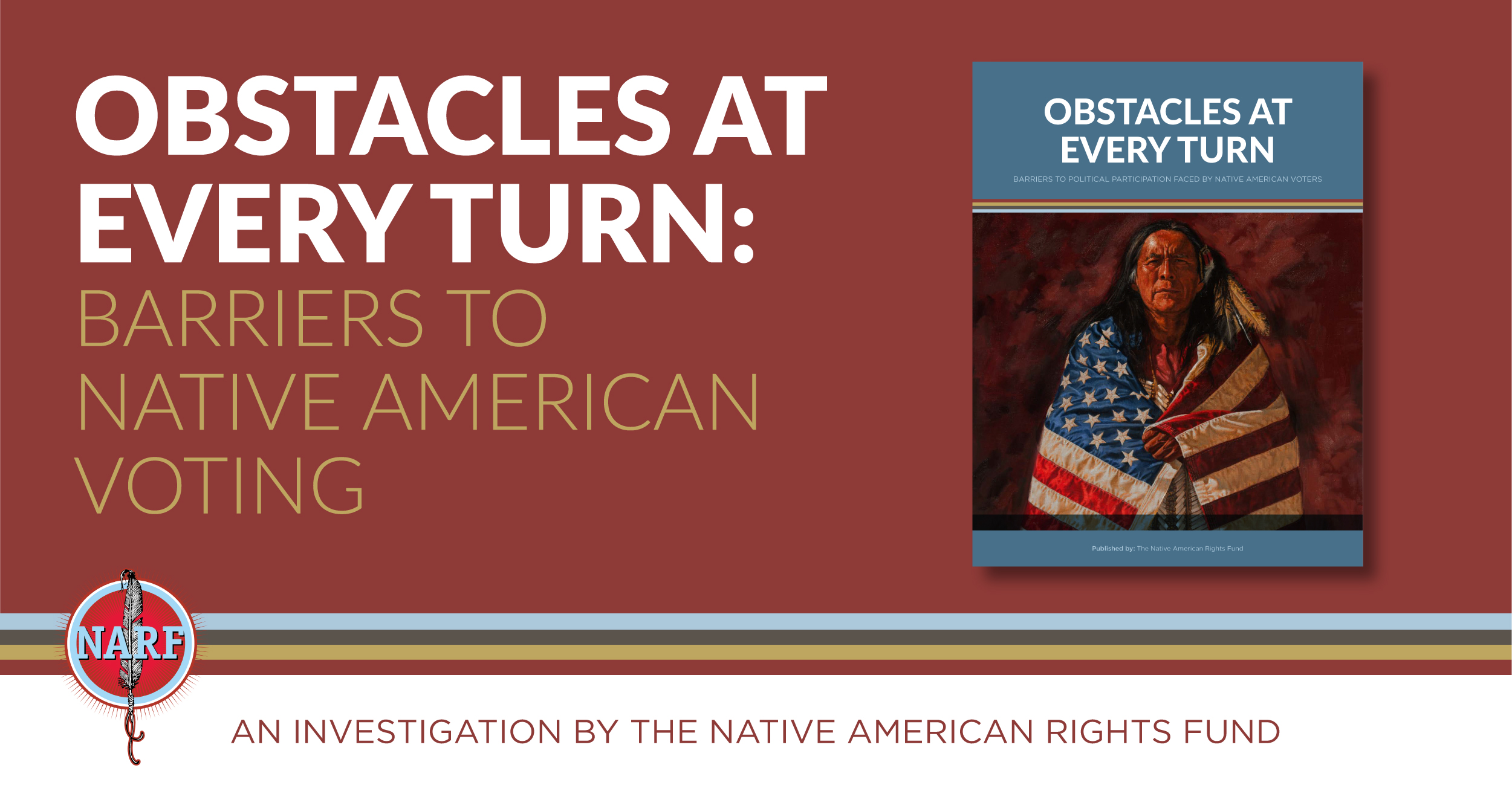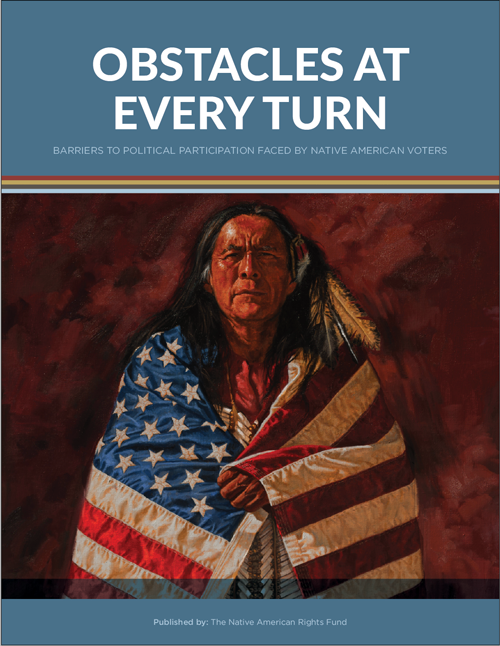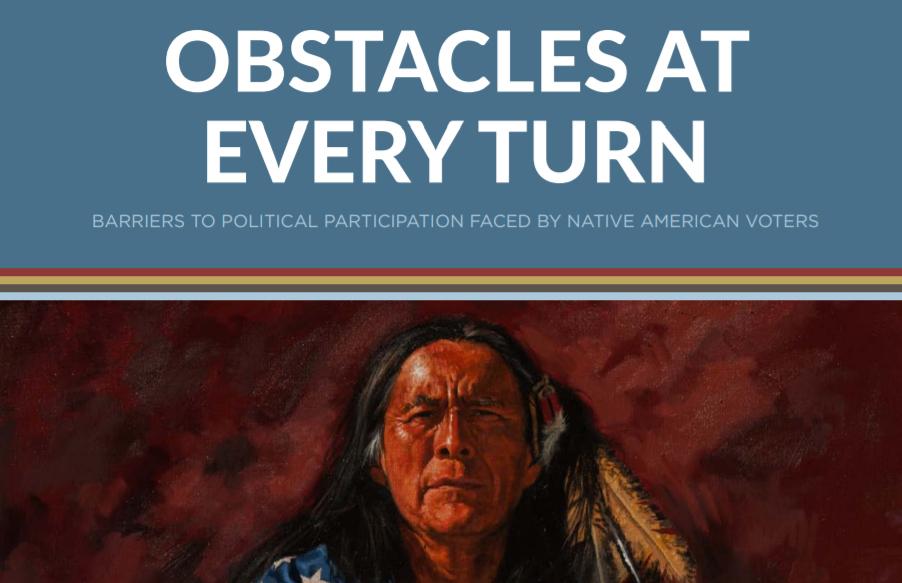
The Unfinished Franchise: Native American Voting Rights and the Enduring Struggle for Political Power
Despite being granted U.S. citizenship through the Indian Citizenship Act of 1924, the full realization of voting rights for Native Americans remains an ongoing, arduous struggle. A century later, Indigenous communities across the nation continue to navigate a labyrinth of historical disenfranchisement, systemic barriers, and contemporary challenges that impede their political participation and dilute their electoral power. This isn’t merely a tale of historical injustice; it is a live, pressing issue that profoundly shapes the landscape of American democracy, impacting everything from tribal sovereignty to the allocation of vital resources.
The journey to the ballot box has been uniquely fraught for Native Americans. While the 1924 Act granted citizenship, it did not automatically confer the right to vote. Many states, particularly those with significant Indigenous populations, actively resisted, using a patchwork of discriminatory laws and practices. Literacy tests, poll taxes, and highly restrictive residency requirements were common tools designed to keep Native Americans from exercising their franchise. For example, it wasn’t until 1948, following the landmark Harrison v. Laveen decision in Arizona, that the last two states, Arizona and New Mexico, were compelled to extend the franchise to their Native populations. This half-century delay in achieving basic voting rights, long after other citizens, set a precedent of exclusion that continues to cast a long shadow.
Today, while overt discrimination is largely outlawed, the barriers Native Americans face are often structural and insidious, deeply rooted in geography, infrastructure, and cultural insensitivity.
Geographic and Logistical Hurdles:
Remote reservation lands often mean vast distances between homes and polling places. Many tribal members live in rural areas without access to reliable transportation, making a multi-hour drive to cast a ballot an insurmountable obstacle for many. Polling sites on reservations are frequently sparse or nonexistent, requiring voters to travel to off-reservation, often predominantly non-Native, communities where they may face discomfort or even subtle intimidation.

Furthermore, early voting and absentee ballot options, while theoretically helpful, encounter their own set of challenges. Mail service can be unreliable or infrequent in remote areas, leading to delayed or lost ballots. The absence of traditional street addresses in many reservation communities, where P.O. boxes are the norm, creates a formidable hurdle for voter registration forms and mail-in ballots that require physical addresses. This seemingly innocuous requirement disproportionately disenfranchises Native voters, who may have to travel long distances just to secure an official document proving their residence.
Infrastructure Deficits:
The digital divide exacerbates these issues. Limited or non-existent internet access on many reservations makes online voter registration, checking registration status, or accessing information about polling places virtually impossible for a significant portion of the Native population. This lack of digital infrastructure forces reliance on traditional methods that are often hampered by the aforementioned geographic and logistical barriers.
Voter Identification Laws:
Many states have enacted stringent voter identification laws that disproportionately affect Native American communities. While tribal IDs are legitimate forms of identification, they are not universally accepted by state election officials. Requirements for state-issued driver’s licenses or non-driver IDs can be particularly burdensome. Obtaining such IDs often necessitates travel to distant Department of Motor Vehicles offices, requiring specific documentation (like birth certificates or social security cards) that may be difficult to access for individuals in remote areas, or those whose historical records are less complete due to past government policies. A 2017 study by the Native American Rights Fund (NARF) highlighted that Native Americans are significantly less likely than other demographic groups to possess the types of ID typically required under strict voter ID laws.
Language Barriers and Cultural Insensitivity:
For many elders, English is not their first language. The lack of translated voting materials, bilingual poll workers, or culturally competent outreach can create significant barriers. Election information, voter education, and ballot instructions are often provided exclusively in English, effectively silencing a segment of the electorate. Beyond language, a general lack of understanding of tribal governance structures, cultural norms, and community dynamics by non-Native election officials can lead to miscommunication, distrust, and further disengagement.
Voter Roll Purges and Registration Challenges:
Aggressive voter roll purges, often justified as efforts to combat voter fraud, can inadvertently or intentionally remove eligible Native American voters. Discrepancies in addresses, names, or inactivity can lead to wrongful removal, and the process of re-registering is fraught with the same logistical difficulties that plague initial registration. Compounding this, voter registration drives on reservations face unique challenges in reaching dispersed populations and require an understanding of specific tribal dynamics.

The Impact of Disenfranchisement: A Muted Voice
The cumulative effect of these barriers is a significantly depressed voter turnout among Native Americans compared to other demographic groups. This reduced participation has profound consequences. When Native voices are not heard at the ballot box, their concerns are often marginalized in policy debates. Issues critical to tribal sovereignty, environmental protection, healthcare, education, and economic development on reservations receive less attention and funding.
"Our ancestors fought and died for our lands, for our languages, for our very existence. Voting is an extension of that fight for self-determination," states Jacqueline De León, a staff attorney at NARF. "When our votes are suppressed, our ability to shape our own destinies is suppressed."
In many rural counties, where Native American populations form a significant bloc, their collective vote can be the decisive factor in local, state, and even federal elections. For instance, the impact of Native American votes in Arizona and Nevada has been increasingly recognized as pivotal in recent federal elections. When even a small percentage of potential voters are unable to cast their ballots, the outcome of close races can be fundamentally altered, directly impacting who holds power and whose interests are served.
Advocacy and the Path Forward:
Despite these formidable challenges, Native American communities and their allies are not passive. Organizations like the Native American Rights Fund (NARF), the National Congress of American Indians (NCAI), and the American Civil Liberties Union (ACLU) have been at the forefront of litigation, advocacy, and voter protection efforts.
- Legal Challenges: Lawsuits have successfully challenged discriminatory redistricting maps, restrictive voter ID laws, and the inadequate provision of polling places on reservations. These cases often highlight how ostensibly neutral election laws have a disproportionate, discriminatory impact on Native voters.
- Grassroots Organizing: Tribal governments and community groups are actively engaging in voter registration drives, education campaigns, and get-out-the-vote efforts. They often provide transportation to polling places, assist with voter ID acquisition, and advocate for culturally appropriate voting materials.
- Legislative Efforts: The proposed Native American Voting Rights Act (NAVRA) aims to address many of these systemic issues at the federal level. It would mandate polling place accessibility, allow tribal IDs for voting, expand language assistance, and establish a Native American voting rights office within the Justice Department. While it has not yet passed, its introduction signals a growing awareness of the specific needs of Native voters.
- Data Collection: Accurate data collection on Native American voters remains a challenge, but improved methodologies are crucial for understanding turnout disparities and tailoring effective outreach strategies.
The fight for Native American voting rights is a testament to the resilience and determination of Indigenous peoples to assert their sovereign rights and ensure their voices are heard in the democratic process. It is a reminder that the promise of "one person, one vote" remains an unfinished project for too many in America. Addressing these electoral challenges is not merely about fairness; it is about strengthening the fabric of American democracy, honoring treaty obligations, and ensuring that the original inhabitants of this land have an equal and unfettered say in its future. The ballot box is a powerful instrument of self-determination, and for Native Americans, the struggle to wield it fully continues.